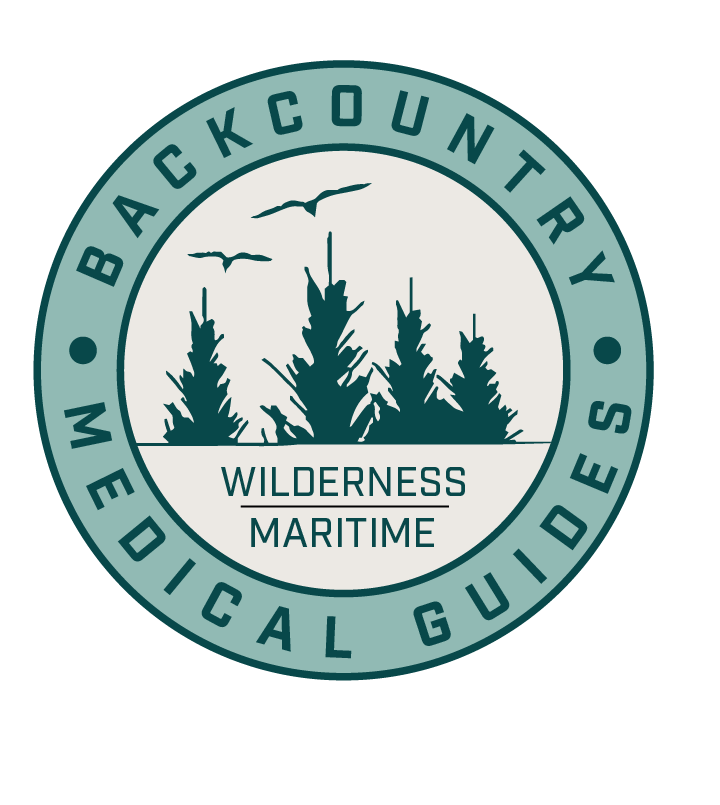Epinephrine Auto-Injector Certification
Historically, patients with an anaphylactic reaction in the wilderness setting need to administer their prescribed epinephrine auto-injector. Suppose their first exposure to an allergen results in an anaphylactic reaction? What if they didn’t bring the medication with them? Studies by two of the largest outdoor education programs in the United State showed approximately 20% of the anaphylactic emergencies encountered in the wilderness were the students' first exposure. 1
While only 5% of the US population has reported an anaphylactic reaction, the results can be deadly and delayed epinephrine administration is a risk factor for mortality. 2 California and Washington now have programs for public and private entities to stock epinephrine auto-injectors for general first aid use and trained personnel to administer it. 3, 4
Backcountry Medical Guides (BMG) has an approved training program in both states allowing students to get certified to personally carry an auto-injector in California or, in both states, to act as a trained provider for programs, schools, businesses, or organizations. This allows teachers, guides, or employees to be prepared for anaphylaxis by carrying epinephrine auto-injectors in their first aid kit.
How the process works at BMG:
Pre-Program:
Watch the Anaphylaxis video as part of the normal course curriculum
On-Program:
Participants need to complete all skills in-person to be eligible for the Epinephrine certification.
Complete the ‘Epinephrine Auto-Injector Practical Exam’
Complete the practical exam paperwork in the lecture notebook.
The instructor will sign the Epinephrine Auto-Injector skill sheet on the last page of your manual.
Post-Program:
Participants will be added to the Epinephrine Auto-Injector Course in Litmos once we see that you have checked off that they have passed the in-person skills section.
Participants will be given steps to follow (varies for WA versus CA) in a post-program email
If you have taken a class since April 1, 2022 and would like to get approved, contact us at info@backcountrymedicalguides.org
Leave us a comment below.
References:
Author:
Peter Robbert is the Clinical Coordinator for BMG. He is a retired Fire Captain/Paramedic and has been instructing medical and rescue skills since 2007. He has a master’s degree in Outdoor Adventure and Expedition Leadership from Southern Oregon University specializing in trip planning and risk management.
